$50 Mn
Market Size
5-7%
CAGR
$76 Mn
Forecast

*Note: Name, Email and Phone Number are mandatory.


Chad's ZISARH industrial zone offers an exceptional opportunity for investment in the pharmaceutical sector. The industry is set for substantial growth as ZISARH provides a strategic advantage by offering specialized infrastructure, favorable business conditions, and access to essential resources, making it an ideal location for pharmaceutical enterprises.
Chad's ZISARH industrial zone offers an exceptional opportunity for investment in the pharmaceutical sector. The industry is set for substantial growth as ZISARH provides a strategic advantage by offering specialized infrastructure, favorable business conditions, and access to essential resources, making it an ideal location for pharmaceutical enterprises.
$50 Mn
Market Size
5-7%
CAGR
$76 Mn
Forecast
The pharmaceutical sector within ZISARH is ripe with untapped potential, evidenced by a projected CAGR of 5-7% and an expected market size of USD 350-400 million by 2030. ZISARH’s infrastructure supports pharmaceutical manufacturing, packaging, and distribution, addressing critical gaps in Chad’s healthcare supply chain. The zone’s favorable tax exemptions and utility provisions further enhance its attractiveness.
Investors in ZISARH can leverage the growing demand for pharmaceuticals driven by an expanding population and increasing healthcare needs. There is a significant opportunity to establish local production facilities, reducing reliance on imports and improving the availability of essential medications. Additionally, ZISARH’s strategic location facilitates efficient distribution across Central Africa, offering a gateway to broader regional markets. This positions ZISARH as a key player in Chad’s pharmaceutical sector, with the potential to drive both economic growth and healthcare improvements.



June 21, 2024
Top 18 Investment Sectors in Africa With Unprecedented Business Growth Potential

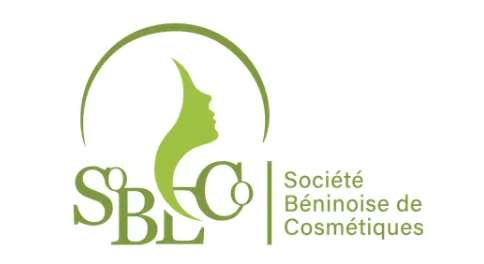





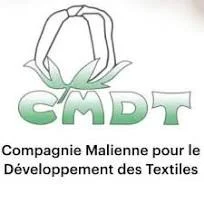

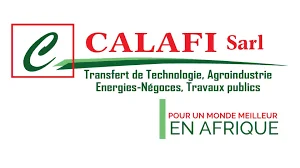


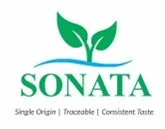

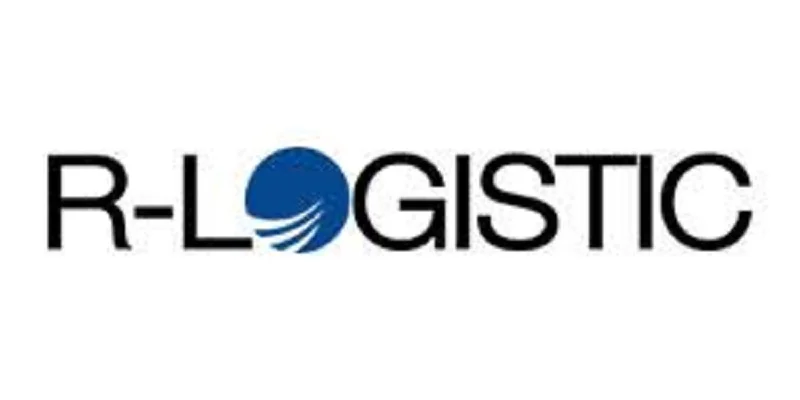

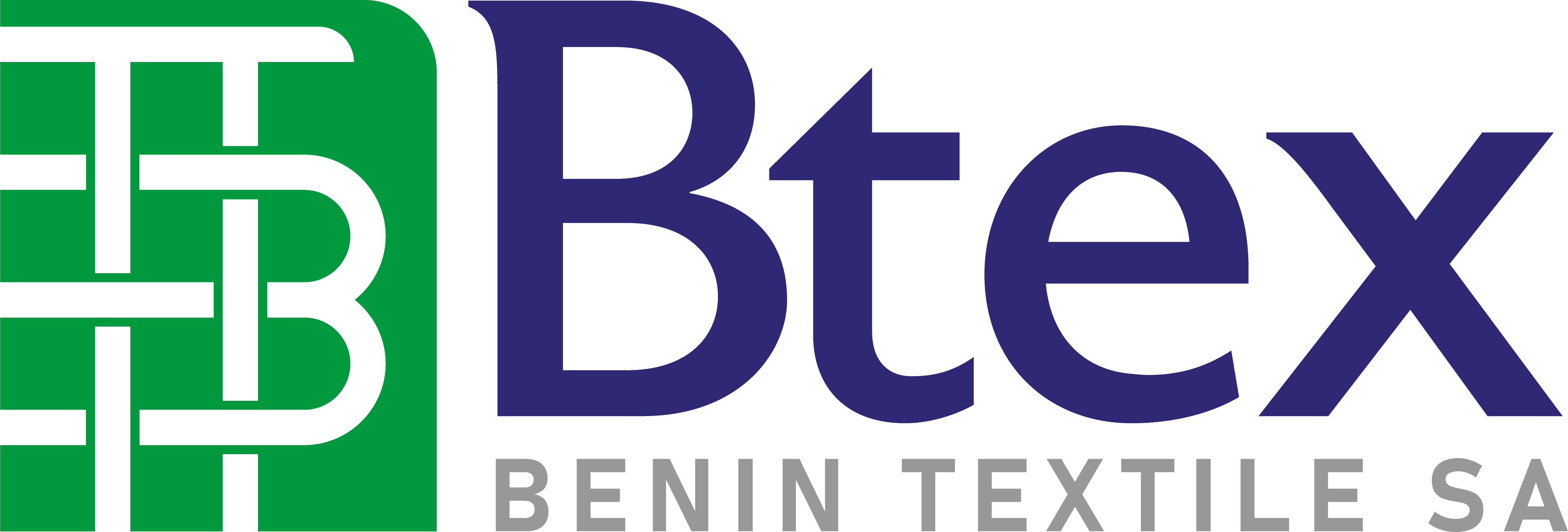

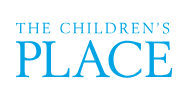
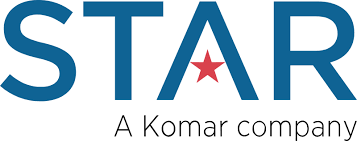


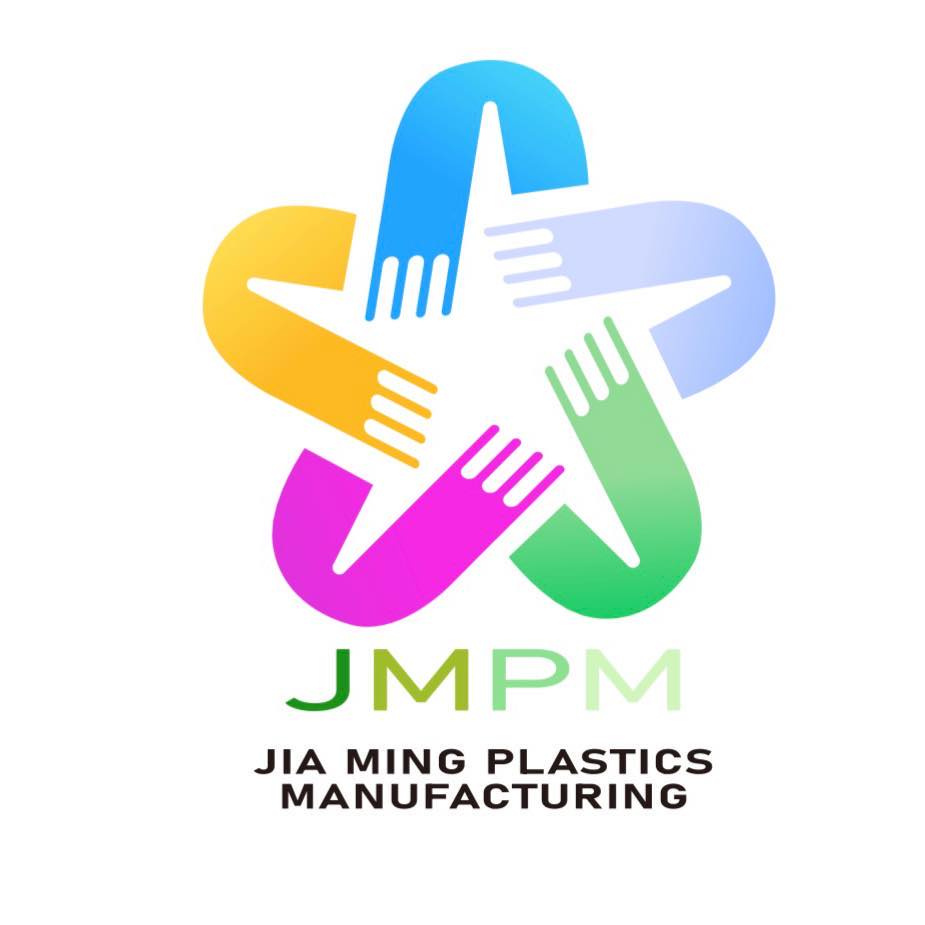


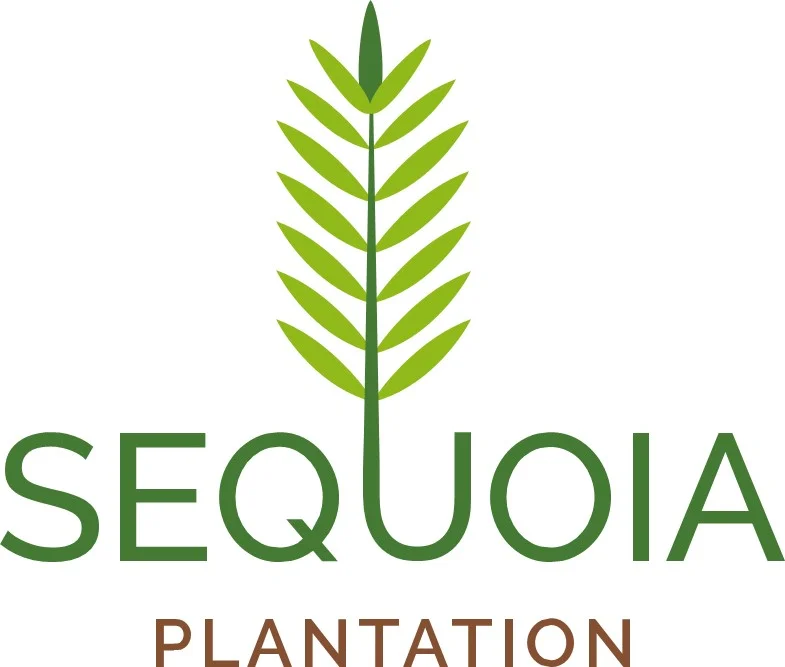


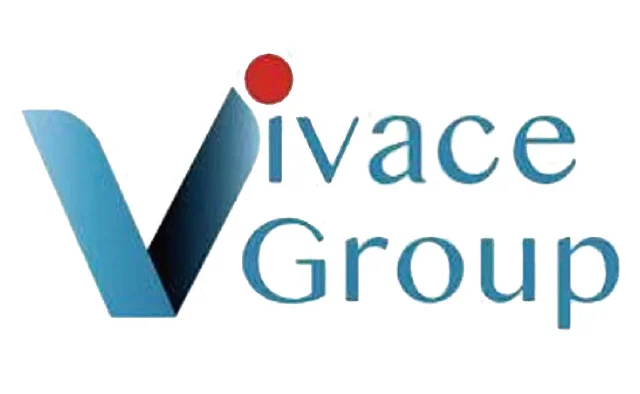

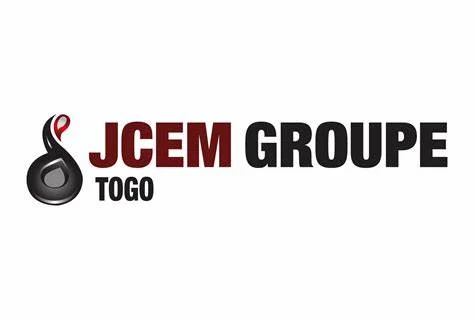
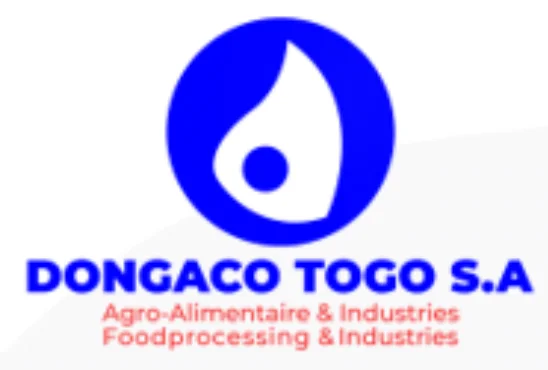














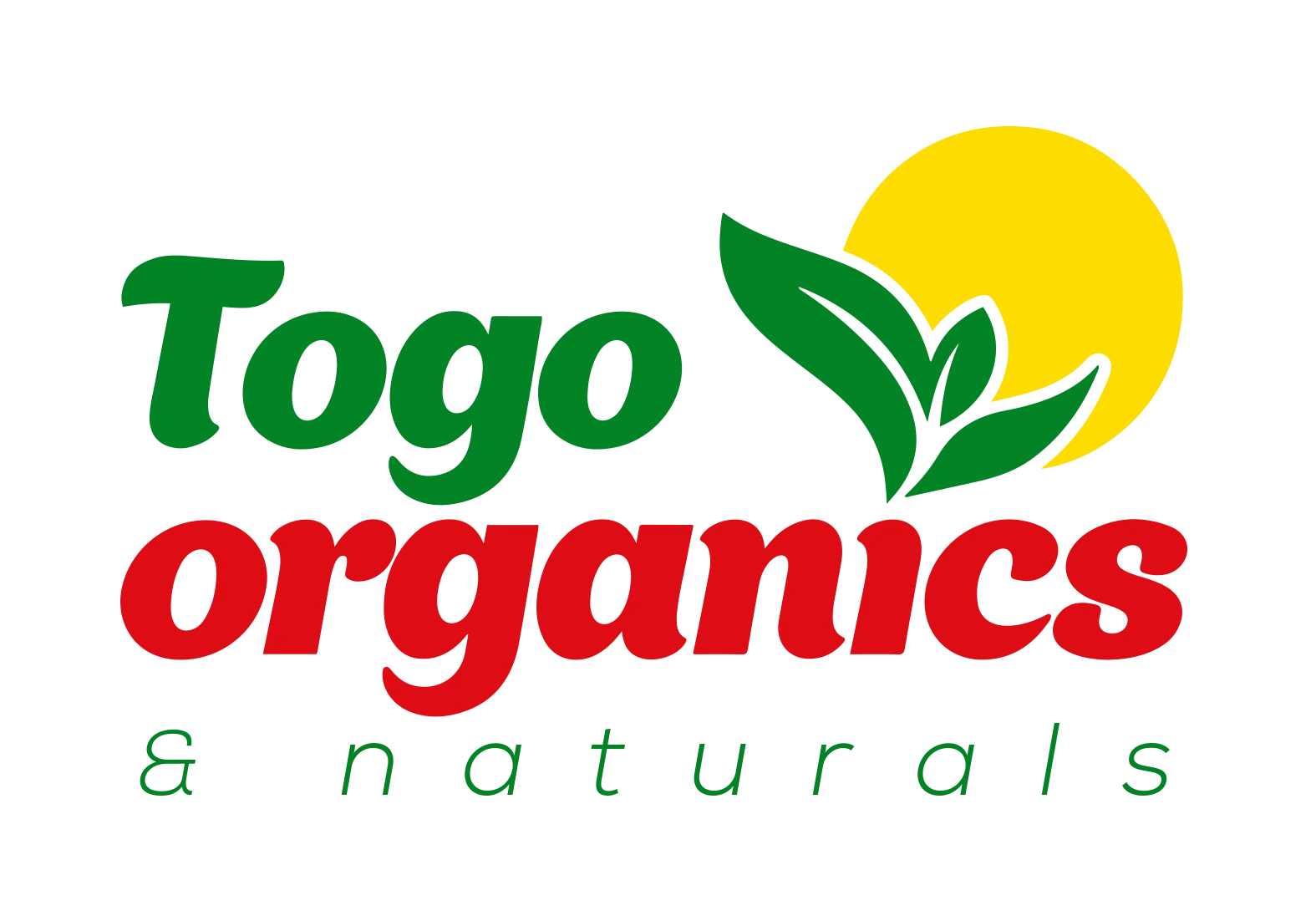
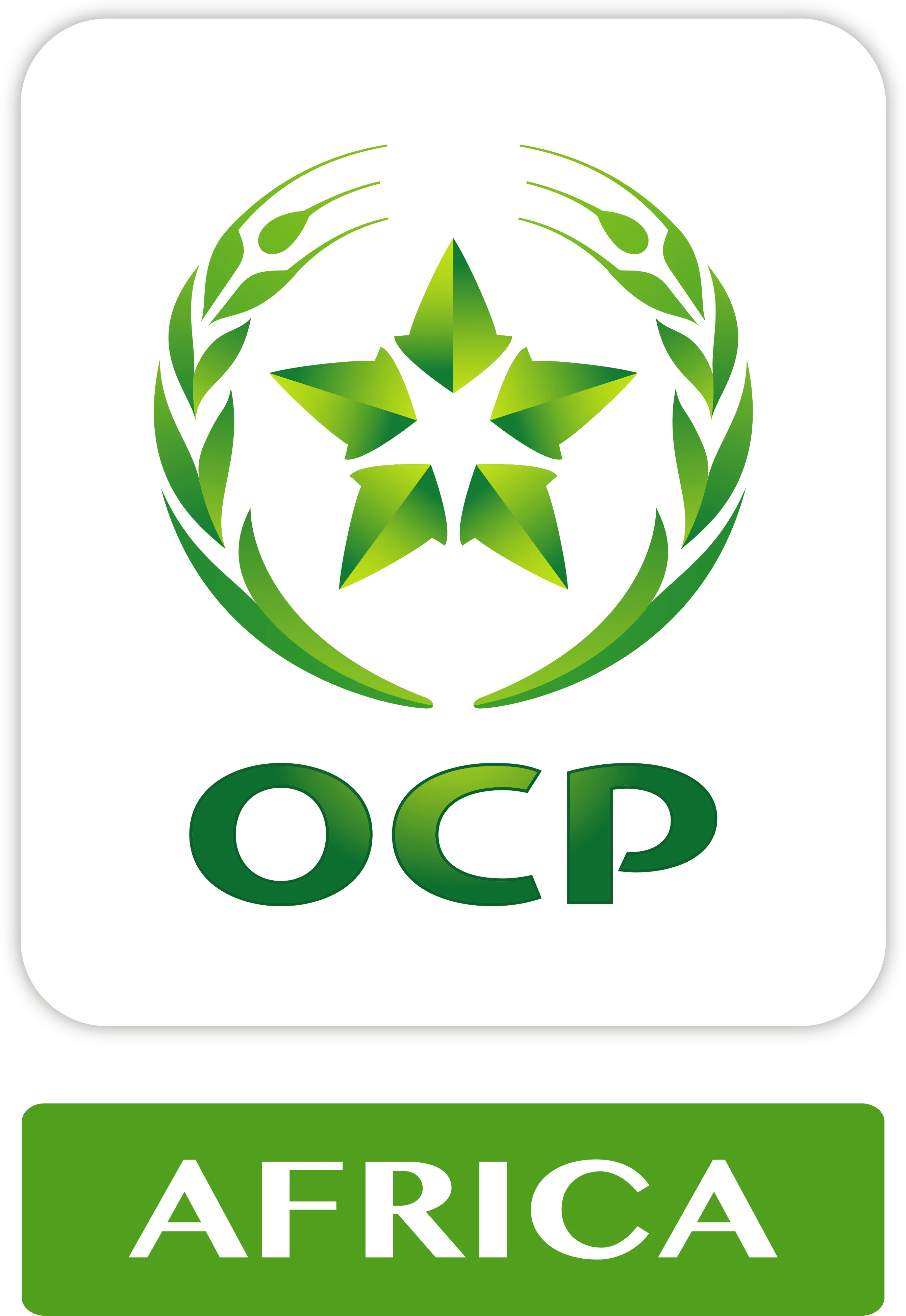




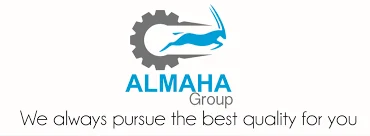



What is the current state of the pharmaceutical sector in Zisarh, Chad?
The pharmaceutical sector in Zisarh is emerging with a growing focus on improving healthcare access. There are a few local pharmacies and small-scale drug manufacturers, but the sector is underdeveloped compared to global standards.
What are the key opportunities for investment in Zisarh's pharmaceutical sector?
Opportunities include establishing manufacturing facilities for essential medicines, expanding distribution networks, and investing in local production of pharmaceuticals to reduce dependency on imports.
What is the size of the pharmaceutical market in Chad?
The pharmaceutical market in Chad is estimated to be around $50 million USD, with a significant portion dedicated to importing medicines and healthcare products.
What are the main pharmaceutical needs in Zisarh?
Key needs include access to essential medicines, vaccines, and treatments for common diseases such as malaria, tuberculosis, and respiratory infections.
What percentage of pharmaceutical products are imported into Chad?
Approximately 90% of pharmaceutical products in Chad are imported. This high dependency highlights the potential for local manufacturing and distribution investments.
What is the current level of healthcare infrastructure in Zisarh?
Zisarh has basic healthcare infrastructure, including clinics and small hospitals, but there is a need for improved facilities and better access to pharmaceutical products.
Are there any local pharmaceutical manufacturing facilities in Zisarh?
Currently, there are limited local pharmaceutical manufacturing facilities in Zisarh. Most medicines are sourced from external suppliers, presenting a gap for local production opportunities.
What is the potential for pharmaceutical export from Chad?
The potential for pharmaceutical export from Chad is limited at present due to the reliance on imports and underdeveloped local production. However, there is growth potential as the sector develops.
What are the major challenges faced by the pharmaceutical sector in Zisarh?
Major challenges include a lack of local manufacturing capabilities, reliance on imported products, inadequate healthcare infrastructure, and regulatory hurdles.
Compare
Dear investor, please compare similar category items- either Locations or Opportunities.
*Already subscribed.
*Enter your name/email.

Sign up for exclusive investment alerts.
Already subscribed? Skip
Thank You For Subscribing to
Africa For Investors.

You will be redirected to AFI’s Linkedin Profile in 10 seconds.
Stay On AFI Website